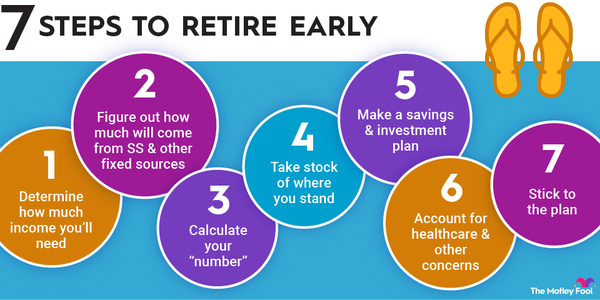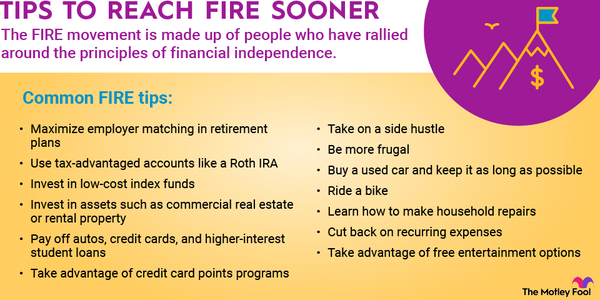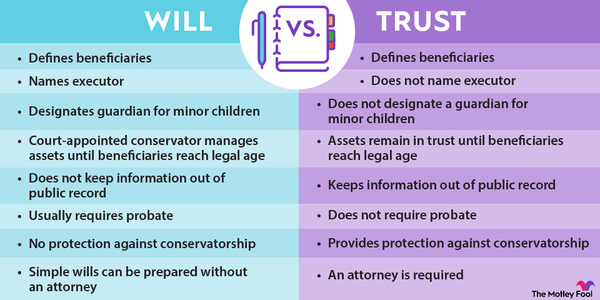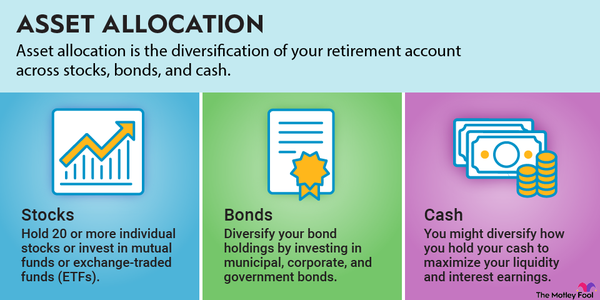A deferred retirement option plan (DROP) is an arrangement that gives employees eligible for a defined benefit plan the choice to keep working without adding years of service that raise their pension amount.

Instead, employers deposit a lump sum amount into an interest-bearing account for the employee each year they keep working after becoming eligible for their pension. Upon retirement, the employee may receive the full amount in the deposit account in a lump sum, or it could be rolled over into a deferred compensation account or other retirement plan.
Deferred retirement option plans, or DROPs, are often offered to civil servants such as firefighters, police, and local government workers.
How deferred retirement option plans (DROPs) work
Many civil service workers and government employees are enrolled in defined benefit plans, which provide a guaranteed amount of retirement funds based on salary and years of service. They are an alternative to defined contribution plans, which are common in the private sector and allow you to contribute a set amount but don't guarantee any specific retirement income.
Workers who are enrolled in defined benefit pension plans can become eligible to receive a pension after a certain number of years of work. The amount of their pension is based on factors such as the length of their service and their salaries over their careers.
It's common for these employees to become eligible to retire at a relatively young age, especially if they've stayed at the same job for most or all of their working lives. DROPs allow them to effectively begin collecting pension funds while still working.
Employees who participate in a DROP will no longer accrue years of service that count toward their pensions after enrolling in their plan. Instead, their employers begin paying their pension money into a special interest-bearing account, which they can access upon retirement.
The employee's interest-bearing account continues to grow for each additional year of service. The money goes to the employee when they finally leave the workforce, in addition to the pension money they are owed.
Pros and cons of deferred retirement option plans (DROPs)
There are benefits and disadvantages to DROPs for both employers and employees. Here are some of the biggest benefits.
Pros
- Employees can continue working while their employer pays their pension money into an interest-bearing account.
- Employers get to retain qualified workers instead of having them retire early.
- Employees can continue to increase the amount of their retirement money even after qualifying for a defined benefit program and maxing out their lifetime pension benefits.
Cons
- Many DROPs allow you to participate only for a limited period of time.
- You may be required to retire at the end of your eligibility period.
- If you take your benefits as a lump sum, you could get pushed into a higher tax bracket.
What goes into calculating deferred retirement option plans (DROPs)
DROPs aren't uniform; different plans have different terms. In general, however, factors that affect your DROP benefits include:
- The length of time you participate in the program: Most employers set maximum years of participation, such as five or seven years.
- The interest your employer pays: This is specified in your plan documentation.
- The rate of accrual: This is often more favorable than the accrual rate under your employer's defined benefit arrangement.
In many cases, your DROP benefit equals the retirement benefits you'd have received if you'd stopped working and claimed your pension. But that's not always the case.
What to do with DROP money
You may have a choice of taking your DROP money in a lump sum or an installment agreement. You may also be able to roll over the accrued money into a deferred compensation plan or other type of retirement account, such as an IRA.
If you take a lump sum distribution, this has tax consequences and you could potentially be pushed into a higher tax bracket. Rolling over the funds into another type of retirement account enables you to invest the money and enjoy tax-free growth.
How defined benefit plans and DROPs differ
Defined benefit plans allow you to earn a guaranteed retirement benefit based on the number of years worked. Typically, your benefits increase for each year of service. However, you may max out your lifetime benefits under some plans.
When you participate in a DROP, your additional years of service no longer increase the benefits you are owed under your defined benefit pension plan. Instead, your employer deposits money into an interest-bearing account for each year you work. You can receive the full amount of this money as a lump sum or in installments after retirement.
DROPs, in other words, are available when you are participating in a defined benefit plan, but they present an alternative to your pension benefits increasing after you've become eligible to retire. You may accrue benefits more quickly in a DROP and will have more flexibility in how you receive your funds.






















